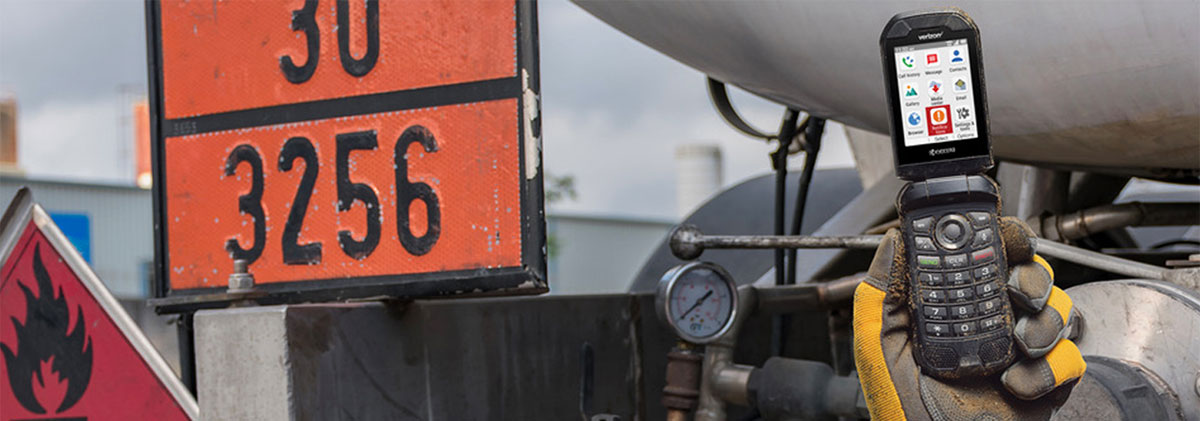Hazloc Protection
HAZARDOUS LOCATIONS: DIVISIONS, CLASSES AND GROUPS
A Class I location is an area where there is danger of an explosion from flammable gas, liquid-produced vapors, or combustible liquid-produced vapors. Examples of Class I locations include petroleum refineries, gasoline storage and dispensing areas, dry cleaning plants, spray finishing areas, aircraft fueling areas, utility gas plants, natural gas operations, chemical processing plants.
Division 1 is a location where the hazard exists under normal operating conditions. An example of a division 1 location is the fill opening for the underground tanks at a gas station.
Division 2 is a location where the hazard exists as the result of an unusual event or accident and is not expected to occur frequently. The majority of hazard locations are classified as Division 2. An example of a Division 2 location would be a storage room with drums containing flammable liquids. The hazard would only exist if a drum were to leak or rupture. Division 2 locations may also be adjacent to a Division 1 location.
A Class I, Division 2 location is where danger of fire or explosion from flammable gases or vapors may exist accidentally (and infrequently) and is probably the most common type of hazardous (classified) location. A Kyocera device can be used in this type of classified hazardous location. Non-Incendive, the hazardous locations protection type, means the device does not produce arcs, sparks or get hot enough to ignite flammable gases or vapor. Kyocera devices are approved for all gas groups defined for Class I: - Group A: Acetylene - Group B: Hydrogen - Group C: Ethylene - Group D: Propane T4 in the rating is the temperature class. T4 means that the hottest surface a gas can contact is less than 135°C.
Q&A
How do I know if my Kyocera device is rated Non-incendive , Class I, Div 2, T4?
Most Kyocera ultra-rugged devices support Non-incendive, Class I, Division 2, T4 rating. Look for the rating on the back of the device or find your device here https://kyoceramobile.com/phones/ and look at the Product Spec Sheet and the bottom of the product page for your device.
Where can I find more information on protection in hazardous locations?
For a summary of Hazardous Location Types and Conditions, visit the OSHA website: https://www.osha.gov/laws-regs/regulations/standardnumber/1910/1910.399
Can connecting or disconnecting the device from an AC adapter, multi-bay charger, or battery pack cause a spark?
Yes. Connecting or disconnecting devices from a power source can cause a spark. Charging the device is forbidden in Division 2 Hazardous areas.
Can accessories be used with the device on premises?
Bluetooth and other wireless accessories* can be used (except wireless chargers), but nothing can be attached to the connectors of the device, since any accessory connected to the ports increases the possibility of causing a spark. For this reason, the use of ports in Division 2 Hazardous Areas is not allowed.
Can the device ports be left open in a Class I, Div 2 area hazardous location?
The device was certified with the port covers in place. Therefore, the port covers are required to be closed when the device is used in a Class I, Division 2 location. *Must have HazLoc certification to be used in a classified area.
* Please check each device for specifications and ratings as these may differ.
